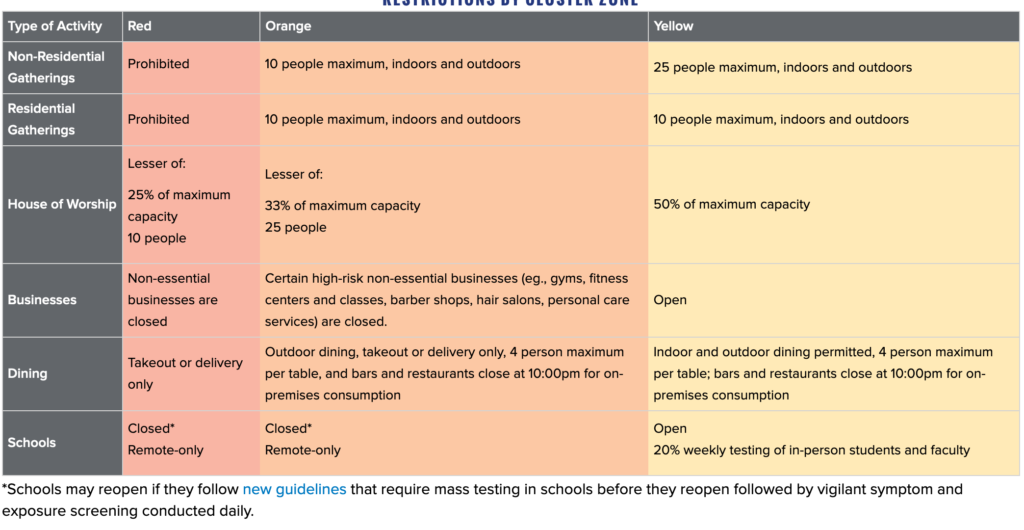Please enjoy the latest edition of Short Circuit, a weekly feature from the Institute for Justice.
Friends, Season 2 of Bound By Oath, “No Right Without a Remedy,” commenced this very week. It is a very excellent podcast. We know because we made it.
- Martin Van Buren, an employee of D.C.’s Metro transit system, grows angry after a fellow employee helps a customer operate a fare card machine in Arlington, Va.—and thus beats his colleague so badly he required hospitalization. Yes, you read that right. D.C. Circuit: The injured employee must look to Virginia’s workers compensation law for a remedy.
- Fifteen-year-old gang member participates in the execution-style killing of four teenage members of a rival gang. The district court, departing downwards from federal sentencing guidelines, sentences the juvenile to 55 years in prison with no possibility of parole. Second Circuit: We assume, without deciding, that the lengthy sentence here (which technically falls short of a life sentence) requires consideration of the factors the Supreme Court has identified as relevant when sentencing juveniles to life without parole. We also note that allowing eligibility for parole would encourage rehabilitation and facilitate prison discipline. Still, given the brutality of the offense, the sentence is affirmed.
- The Oneida Indian Nation once occupied over 6 million acres of land in an area that would later become New York State. The U.S. recognized 300k acres of that land as a reservation in the 1794 Treaty of Canandaigua. A series of treaties further selling and dividing the land followed, leading to an ownership dispute over a nearly 20-acre parcel between the Nation and a member of the Nation who has attempted to create a separate tribe on several occasions. The Second Circuit rules for the Nation, featuring a debate between the majority and concurrence over whether tribal sovereign immunity affects a federal court’s jurisdiction.
- After being denied Social Security disability benefits, two disappointed applicants take their cases to federal court. Yowzer! While their cases are pending, the Supreme Court decides that all of the Administrative Law Judges employed by the Securities Exchange Commission have been unconstitutionally appointed. Can the applicants raise the same argument against the ALJs at the Social Security Administration? Fourth Circuit: Indeed they can; no need to have raised it at the administrative level.
- Allegation: Unarmed, mentally ill man flees from Gretna, La. police, curls up into a fetal position. They pin him down, making it impossible to comply with their commands. They tase him repeatedly and strike him in face, back, scrotum, and testes as he pleads for his mother. He dies. Fifth Circuit: No qualified immunity for two officers who administered the beating, but several other officers who failed to intervene are off the hook.
- Following the release of secretly recorded videos showing abortion providers discussing making fetal tissue available to researchers, Texas deems several abortion providers “not qualified” to provide services, terminates them from participating in Medicaid. Overruling a 2017 panel decision, the en banc Fifth Circuit holds that people who received or sought services from the providers do not have standing to challenge the state’s determination that the providers are not qualified.
- Chicago man convicted of double murder receives a new trial, leading to his acquittal. He subsequently sues police and the city for fabricating evidence. After his first trial ends in a mistrial and his second ends with a verdict for $80k, he asks for and receives a third trial. The jury returns a verdict for $22 million. Seventh Circuit: Good for him. Dissent: There were no grounds for the third trial.
- Allegation: Seeking to question guest at Blaine, Wash. bed-and-breakfast, CBP agent enters the driveway, ignores the owner’s request that he leave, and then shoves the owner to the ground. (Turns out the guest is in the country legally.) When the owner complains to his superiors, the agent retaliates by, among other things, trying to get the IRS to investigate the owner. Ninth Circuit: It’s well-established that you can sue federal officers for excessive force. And, though there’s no precedent saying you can sue officers for retaliating as the agent did, there’s no reason not to allow that claim to proceed either. Case un-dismissed.
- Per court order, guards at Pelican Bay prison in California conduct welfare checks every half hour around the clock. Allegation: And create far more noise than necessary, depriving inmate of sleep at night. Ninth Circuit (over a dissent): It’s clearly established that sleep deprivation via constant illumination is unconstitutional, but there’s no precedent about excessive noise arising from compliance with court-ordered welfare checks. Nor do we establish it here.
- San Francisco police officer spies a car with no plates parked at a gas pump. Unable to approach the driver’s side, he walks up to the passenger’s side, opens the door, and leans in to talk to the driver. Upon discovering that the driver has a suspended license, the officer arrests the driver, and an inventory search of the car turns up a handgun. The driver is convicted of being a felon in possession. Ninth Circuit: But opening the door and leaning into the car violated the Fourth Amendment, so the evidence is excluded. And although we would normally consider this argument forfeited, having been raised only in a footnote before the trial court, the gov’t forfeited its forfeiture objection.
- And in en banc news, the Ninth Circuit will not revisit its earlier conclusion that a California resident—who is now the husband of a U.S. citizen—can seek to overturn a 1998 deportation order on the ground that the conviction on which it was based (involving facts that occurred in 1988, when the gentleman was 14 years old) was expunged over twenty years ago. Twelve judges dissent from denial, arguing that the decision gives rise to an 8-1 circuit split and is contrary to the unambiguous text of the statute.
from Latest – Reason.com https://ift.tt/36dySXL
via IFTTT


